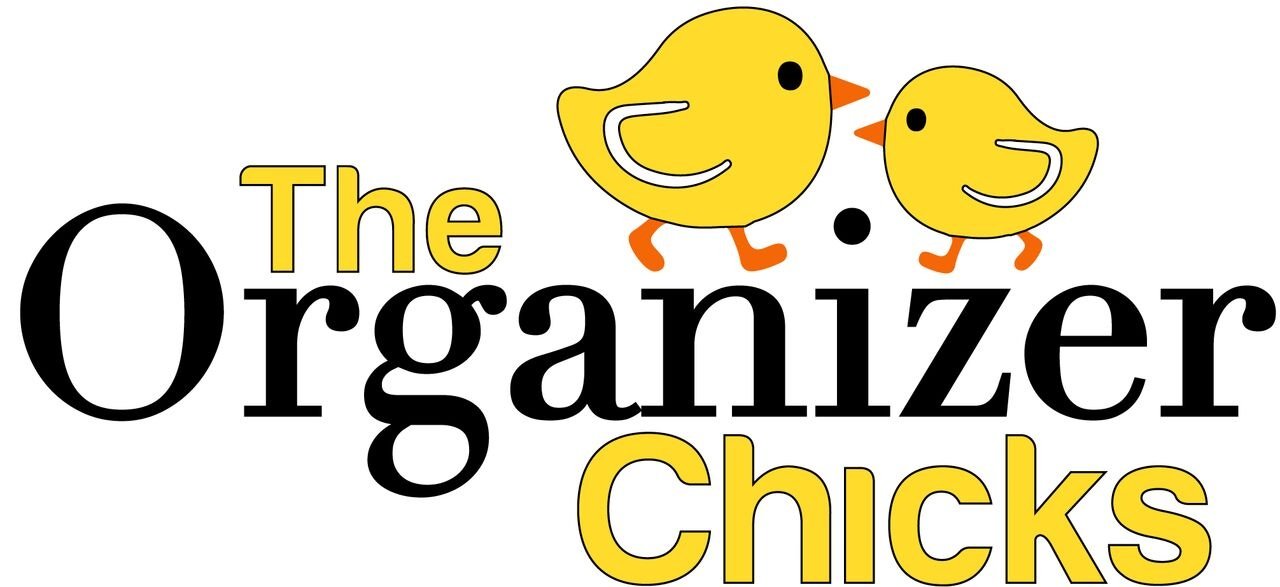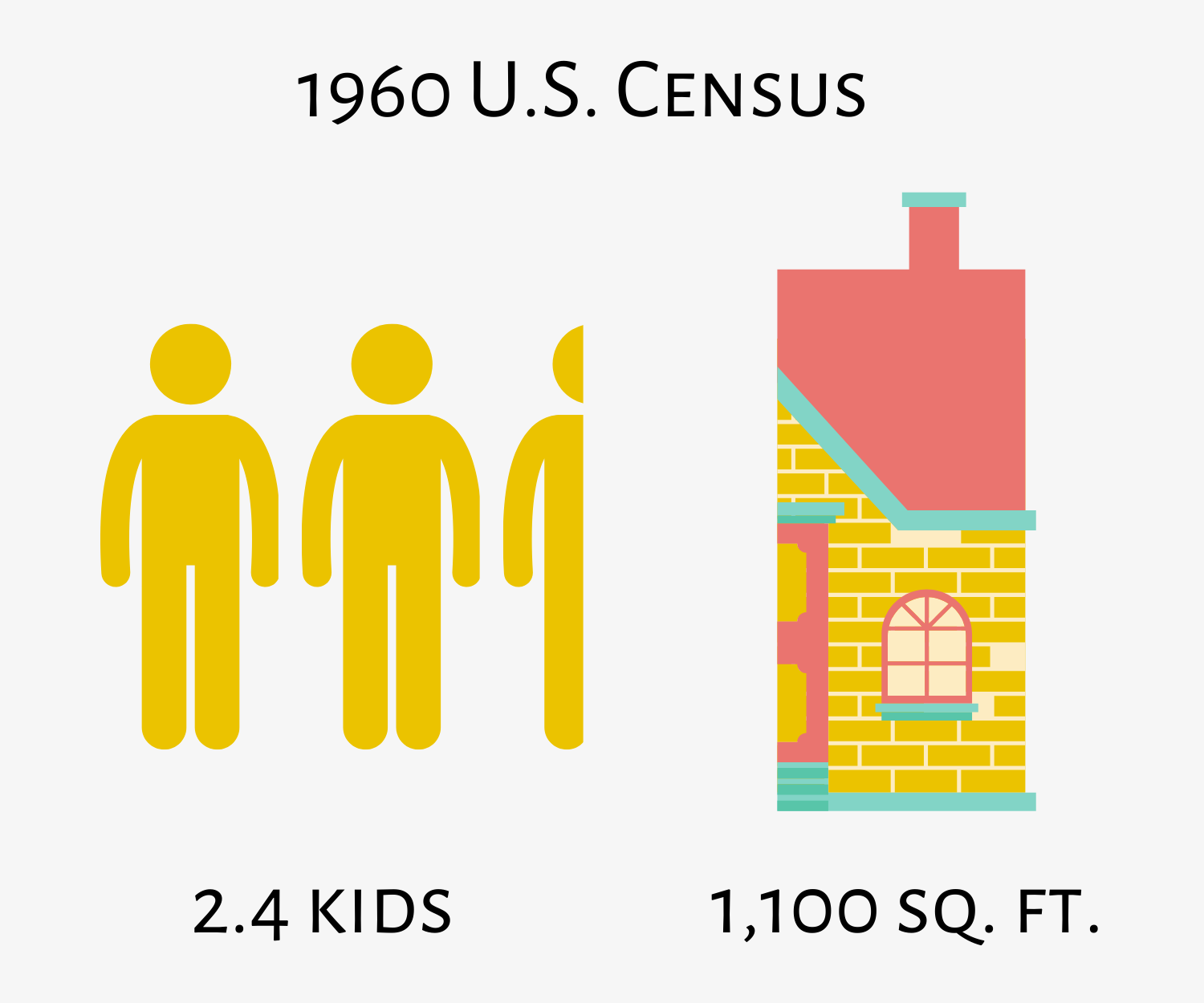3-minute read
It’s no secret that Americans tend to have a lot of stuff. The American Dream doesn’t just include a green lawn and a white picket fence any more — it also includes mountains and gadgets, trinkets, and gizmos that we expect to make us happy.
However, as professional organizers, we see the real-life impacts of all that excess “stuff” on a daily basis — the frustration, the stress, the exhaustion. People are understandably tired of having to navigate the clutter that seems to be part and parcel with American culture.
So, how did we get here? And how do we get better?
17 Minutes Lost, Every Single Day
We are number nerds. So, we could tell you a lot of stats about just how much stuff Americans own. For example, the average American household contains 300,000 items; the U.S. has only 3.1% of the world’s children but 40% of the world’s toys; and Americans spend $1.2 trillion annually on non-essential items — ie, items they don’t need.
However, for the moment, let’s focus on one stat in particular. In fact, this is the stat that spurred Amber Taggard to start The Organizer Chicks in the first place (Read more about that story by clicking here). While working on her Master’s in Clinical Mental Health, Amber came across this statistic from the Center for the Everyday Lives of Families at UCLA:
The average American spends 17 minutes per day looking for items they have lost or misplaced.
Let’s do some quick math. If the average person spends 17 minutes every single day running around frantically looking for lost items, how much time are they wasting over the course of the average human life span? Here are the numbers:
17 minutes per day, 4.3 days per year, and 344 days over the course of the average human life span.
And that’s just on average – not to mention the chronically disorganized, people with memory loss, or busy parents of large families. Furthermore, disorganization doesn’t only impact our calendars — it also impacts our brains. Let’s also talk about what’s happening on a neurological level during those 17 minutes each day.
Stress, Cortisol, and Clutter
While we’re in this stressed-out mode, our cortisol levels tend to spike.
Cortisol, otherwise known as “the stress hormone,” does some really good things for us. It manages the body’s fight-or-flight instinct, which is good when you’re faced with a physical threat.
However, when stressors are always present and cause your body to stay in that “fight-or-flight” mode for prolonged periods of time, cortisol can do some really bad things. For instance, it can lead to increases in blood sugar, blood pressure, and sensitivity to pain, and it can even suppress your immune system. In fact, the Mayo Clinic goes so far as to say that prolonged increases in cortisol can “disrupt almost all your body’s processes.”
In addition to the added stress during those 17 minutes of running around trying to find your left shoe, research shows that living in cluttered spaces causes sustained raises in cortisol. Your brain stays in that fight-or-flight mode when you’re supposed to be enjoying the safety and comfort of home. In fact, we experience an increase in cortisol levels just from seeing a picture of a cluttered space. And, woman experience a statistically higher and longer increase in cortisol than men do.
Flip through the pictures below and pay attention to how each space makes you feel. What causes you to feel stressed? What causes you to feel relaxed?
So, how did we get here? How did we, as a nation, become these stressed-out, cluttered people who can’t find their keys?
A Brief History of Clutter and American History
In 1960, the average family had 2.4 children, and the average home was around 1,100 square feet. By 2010, the average American family had only 0.9 children and 2,300 square feet. So, as a country, we have fewer people living in more square feet than ever before. Based on the numbers, we should have elbow room to spare, right?
Unfortunately, that doesn’t seem to be the case. According to the National Association of Productivity and Organizing, 75% of American households can’t park even 1 car in their two-car garage.
And, to make matters worse, the single biggest growing sector of real estate in the U.S. is storage units – meaning we have more stuff than we can fit in our spacious 2,300 square foot homes. In 2014, the storage-unit industry banked $154 billion in revenue. That’s more revenue than the Hollywood film industry in that same year.
In short, we have bought into this idea that more is better and bigger is better. We believe that the biggest, latest, greatest stuff is going to make us happy.
But, let’s go back to the numbers again and see if this theory holds up.
Clutter, Mental Health, and a Better Future
According to the CDC, anxiety disorders are at an all-time high. About 18% of the adult population and over 1 in 20 children suffer from an anxiety and/or depression disorder. Our culture, the media, and advertising have tried to tell us for a long time that stuff is the answer, but the numbers and the people simply don’t agree.
Here at The Organizer Chicks, we can see that the nation is experiencing a kind of cultural awakening. We are seeing a big shift toward minimalism, tiny housing, and drastic downsizing. We are seeing the pendulum swing to a new extreme of having very, very little. And for some people, this might be a great, freeing lifestyle.
However, for others, maybe the pendulum can settle somewhere in the middle. Maybe we can find a balance between having too much and having too little, and maybe that balance will feel a little better than the excess that we’re experiencing right now.
As we work with clients, people tend to recognize that they are going to feel loads better after they get rid of the stuff they don’t need. However, this doesn’t necessarily make it an easy process. That’s why we want to provide you with some steps to get you started on decluttering so that you can experience the relief and the peace that comes with having just the right amount of stuff for you.
Keep an eye out for our next blog post where we will walk you through the basic steps of decluttering.













